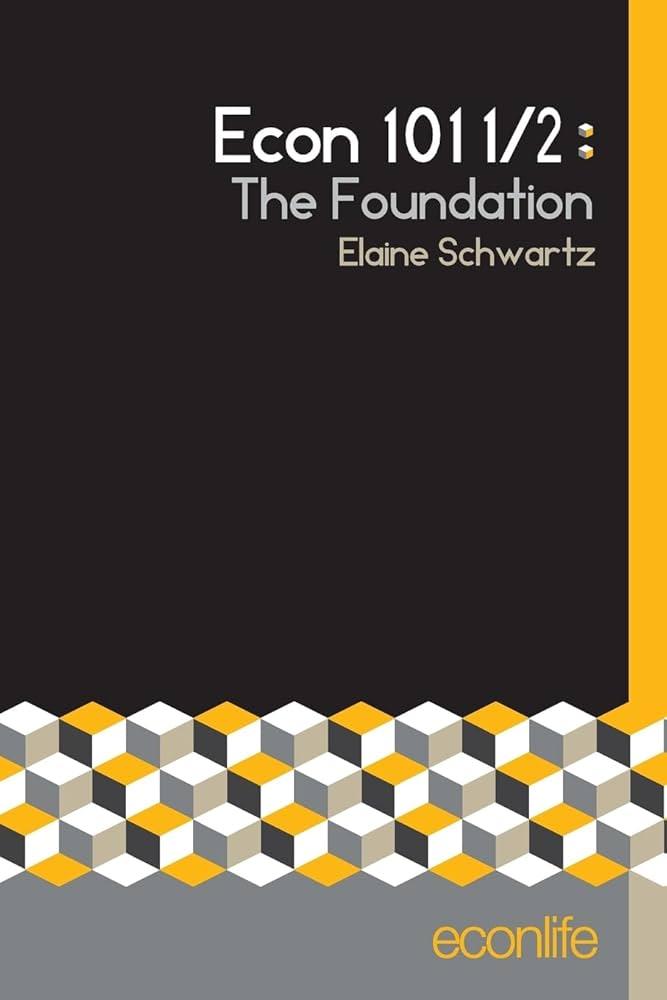In a world rife with economic uncertainty and mounting fiscal challenges, understanding the basics of economics has never been more crucial. “Econ 101: A Compass for a Lost Country,” a compelling new feature in The Daily Economy, explores how fundamental economic principles can guide nations through turbulent times. As policymakers grapple with inflation, unemployment, and debt crises, this article delves into the role of economic literacy in shaping sound decisions and steering a country back toward stability and growth.
Understanding Economic Fundamentals to Navigate Crisis Recovery
Economic recovery after a crisis hinges on the delicate balance of key fundamentals that govern market stability and growth. Understanding these pillars empowers policymakers and citizens alike to make informed decisions. Core concepts such as supply and demand, monetary policy, and fiscal stimulus act as a guiding framework. For instance, central banks’ interest rate adjustments directly influence borrowing costs, while government spending can either stimulate demand or control inflationary pressures. Recognizing these dynamics is essential for rebuilding trust in financial systems and restoring consumer confidence during turbulent times.
Moreover, the role of labor markets and international trade cannot be understated. Recovering economies often face shifting unemployment rates and altered export-import balances that significantly affect GDP growth. The interplay between domestic production capacity and global supply chains determines resilience. Below is a snapshot of economic indicators crucial for tracking recovery trajectories:
| Indicator | Current Trend | Impact on Recovery |
|---|---|---|
| Unemployment Rate | Moderate Decline | Increases consumer spending power |
| Inflation Rate | Stable but Rising | Pressure on cost of living |
| Interest Rates | Near Historic Lows | Encourages investment and borrowing |
| Export Volume | Gradual Increase | Supports manufacturing sector growth |
Addressing Inflation and Unemployment with Targeted Fiscal Policies
Governments facing the dual challenges of inflation and unemployment often need to deploy finely tuned fiscal tools to stabilize the economy without triggering adverse side effects. Targeted fiscal policies, such as strategic government spending and temporary tax reliefs, can stimulate specific sectors suffering from unemployment while controlling inflationary pressures in overheated markets. For instance, directing funds towards infrastructure projects not only creates jobs but also enhances long-term productivity, carefully balancing aggregate demand. Meanwhile, scaling back subsidies on non-essential goods can ease inflation without hurting essential consumption.
To better understand the impact, consider the following breakdown of typical measures and their intended effects:
| Policy Measure | Primary Target | Expected Outcome |
|---|---|---|
| Infrastructure Spending | High unemployment sectors | Job creation, productivity boost |
| Temporary Tax Cuts | Low-income households | Increased spending power, demand stimulation |
| Reduced Subsidies | Non-essential goods | Lower inflation without cutting essentials |
| Selective Social Transfers | Vulnerable populations | Targeted relief, poverty mitigation |
Effective coordination between fiscal policy and monetary measures remains essential, ensuring neither inflation nor unemployment spirals out of control. Policymakers must remain vigilant to real-time data to flexibly adjust interventions, providing a lifeline to struggling sectors while maintaining overall economic stability.
Empowering Local Businesses Through Strategic Investment and Innovation
Local businesses serve as the backbone of thriving economies, yet many falter under the weight of insufficient capital and outdated practices. Strategic investment acts as a catalyst, injecting essential funds that fuel expansion and modernize operations. When coupled with innovation, this approach not only boosts productivity but also nurtures resilience against market fluctuations. Governments and private investors alike are recognizing the pressing need to foster ecosystems where startups and small enterprises can experiment with new technologies and business models without the fear of failure.
Key factors driving this transformation include:
- Access to affordable financing: Enabling continuous growth and adaptation
- Technology adoption: Introducing automation and digital platforms
- Skills development: Training workforces to meet future demands
- Collaborative networks: Connecting local firms with global markets
| Investment Type | Innovation Focus | Impact | ||||||||||
|---|---|---|---|---|---|---|---|---|---|---|---|---|
| Seed Capital | Product Development | Accelerates market entry | ||||||||||
| Infrastructure Funds | Digital Platforms | Improves operational efficiency | ||||||||||
| Training Grants | Workforce Upskilling |
Local businesses serve as the backbone of thriving economies, yet many falter under the weight of insufficient capital and outdated practices. Strategic investment acts as a catalyst, injecting essential funds that fuel expansion and modernize operations. When coupled with innovation, this approach not only boosts productivity but also nurtures resilience against market fluctuations. Governments and private investors alike are recognizing the pressing need to foster ecosystems where startups and small enterprises can experiment with new technologies and business models without the fear of failure. Key factors driving this transformation include:
|
